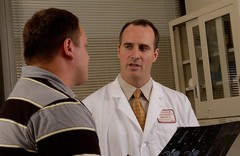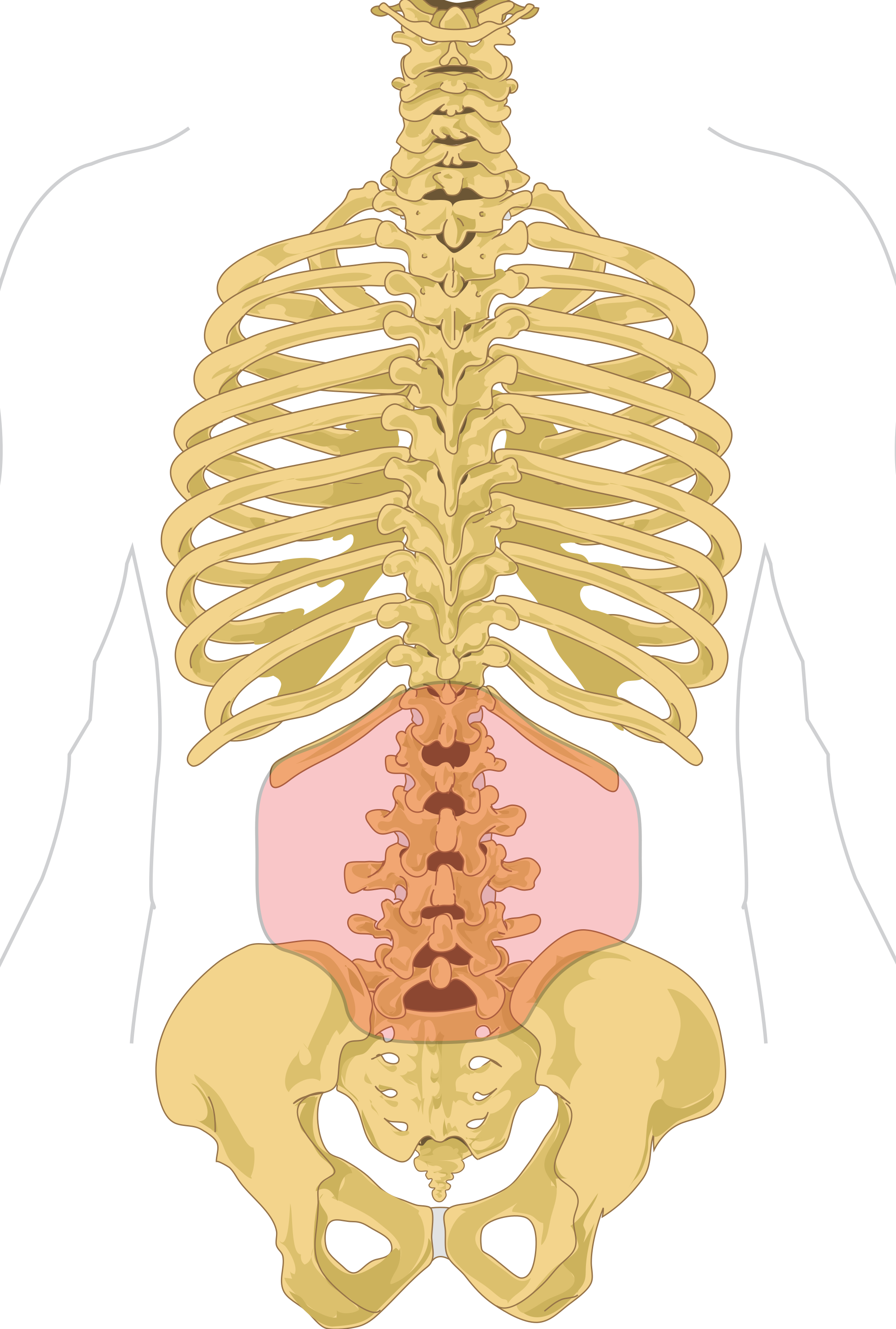Back Pain
Although back pain isn’t a life-threatening condition in most cases, chronic back pain that lasts for more than 3 months can become enormously debilitating and can reduce your quality of life significantly. Failing to address the source of your back problem is a recipe for disaster. Taking medication is also not a long-term solution. After all, the regular medications for back pain aren’t all that effective and frequently cause side effects and even addiction problems. Treating the symptoms in a short-term way using physical techniques such as cracking your back can also cause serious and irreversible damage to your whole body. A consistent exercise program designed under the guidance of a health professional is the best way to address even long-standing back problems.
First Steps 
The first part of any plan to treat back pain should begin with assessing the situation to find out whether it’s dangerous. Working with a health professional is essential for this part of the process. It’s important for the patient to take an active part in determining what works and what doesn’t, both in regard to treatment and their own pursuits. Stress can be a significant contributory factor to back pain. Stress can cause pain, and pain itself is a stressor leading to a vicious circle when pain causes stress and stress leads to further pain and so on. Nevertheless, no matter what the cause, each individual’s pain is both real and distinctive.
What Causes Lower Back Pain?
Lower back pain can be caused by what’s above or below the lower back area. If you are suffering from lower back pain then, generally speaking, it’s NOT your lower back that is the cause, the pain is coming from the surrounding regions. In the event that back pain is brought on by a degenerated disc, it can cause stiffness and pain not just in the back but also in the legs and the lower body. Pain or difficulty with movement related to excessive lordosis can be an indication of a more severe condition and needs to be evaluated by a physician or chiropractor.
Pain and Trauma
If you are recovering from an accident, for example, a vehicular collision, you may also need to work with a therapist to assist you in dealing with the trauma that’s still within your body. Choosing the right therapist is important. The caregivers’ personality and capacity to yield a safe environment are equally as essential as their professional experience. If you’re feeling nervous about driving, it might be a signal from your body that you’re stuck in a threat response.

Being involved in a road accident can be extremely traumatic for many people. Driving can become an ordeal for you and your passengers because you’re so worried that you’ll have another collision. Your body could be so braced against a future accident that your ability to make good judgments on the road is compromised. At this point, driving is no longer a choice. Honestly assess whether you’re in a position to drive the vehicle safely before you get behind the wheel, or you could find yourself back in the same situation again. If you’ve experienced multiple accidents of a similar nature here are a few steps you may take to support your healing.
Therapeutic Breathing
Therapeutic breathing involves directing your controlled breath into the specific region of the body, where you have an injury, illness or ailment. Choose the area or part of the body that you want to focus on and as you fully inhale and exhale, direct your breath into that area. Make sure the in and out breaths are the same length. You should feel a reduction in tension in this area and this will, in turn, help you to relax both physically and mentally. The simple thing about these breathing exercises is that the more you do them, the more natural they will become. In addition, you can do these breathing exercises anywhere.

Using the Reverse Hyper Machine to treat Chronic Back Pain
The Reverse Hyper machine can be used to treat virtually every kind of back pain. Under the guidance of your coach or physiotherapist, you can use progressive loading to slowly develop your lower back strength and prevent further injury. Unlike other back training gym equipment, the Reverse Hyper does not compress the spine and using the machine relieves tension in the lumbar region and creates space in the vertebrae. The machine facilitates a pumping action which boosts blood circulation in the muscle and the flow of spinal fluid into the spinal column. You’ll experience a significant reduction in pain and you’ll be safeguarding your back against future injury. Always ask your coach whenever you have questions as he or she will be able to advise you on the best strategies for using the Reverse Hyper.
